Romania is one of the largest countries of Europe, with a population of 22 million inhabitants. The capital of Romania is Bucharest and it is known for the tree-lined boulevard, the delightful parks and the monumental architecture which exists from the end of the 19th century when Bucharest got the surname of “Paris of the East” or “Little Paris”.
Romania is often compared to a “Latin island in a Slav sea” because it features a unique familiar feeling in Eastern Europe: its language of a Latin origin, the Latin alphabet (quite rare in this part of Europe) and moreover the Latin temperament and friendliness of its people – all make of Romania a place where most visitor feel very comfortable.
Romania has one of the highest biodiversity in all of Europe. This means that here you can find more landscapes, habitats, plant and animal species than on the rest of the continent. It’s perhaps the best reason to visit Romania if you’re a nature lover.
One-third of the course of the Danube and half of the Carpathian chain are on Romanian territory. Add the Black Sea and the Danube Delta and you have the most bio-geographically diverse country in Europe.
ELSA Romania was founded in 1991 and the network currently consists of 12 Local Groups (Brasov, Bucharest, Constanta, Cluj-Napoca, Craiova, Galati, Iași, Oradea, Sibiu, Suceava, Târgu Mureș, Timișoara) and it has more than 1780 members. ELSA Romania is one of the few National Groups that has its activity being conducted in five departments, namely: Academic Activities, Seminars and Conferences, Student Trainee Exchange Program, Marketing and Human Resources, the last one being the one that exists only in 2 National Groups.

